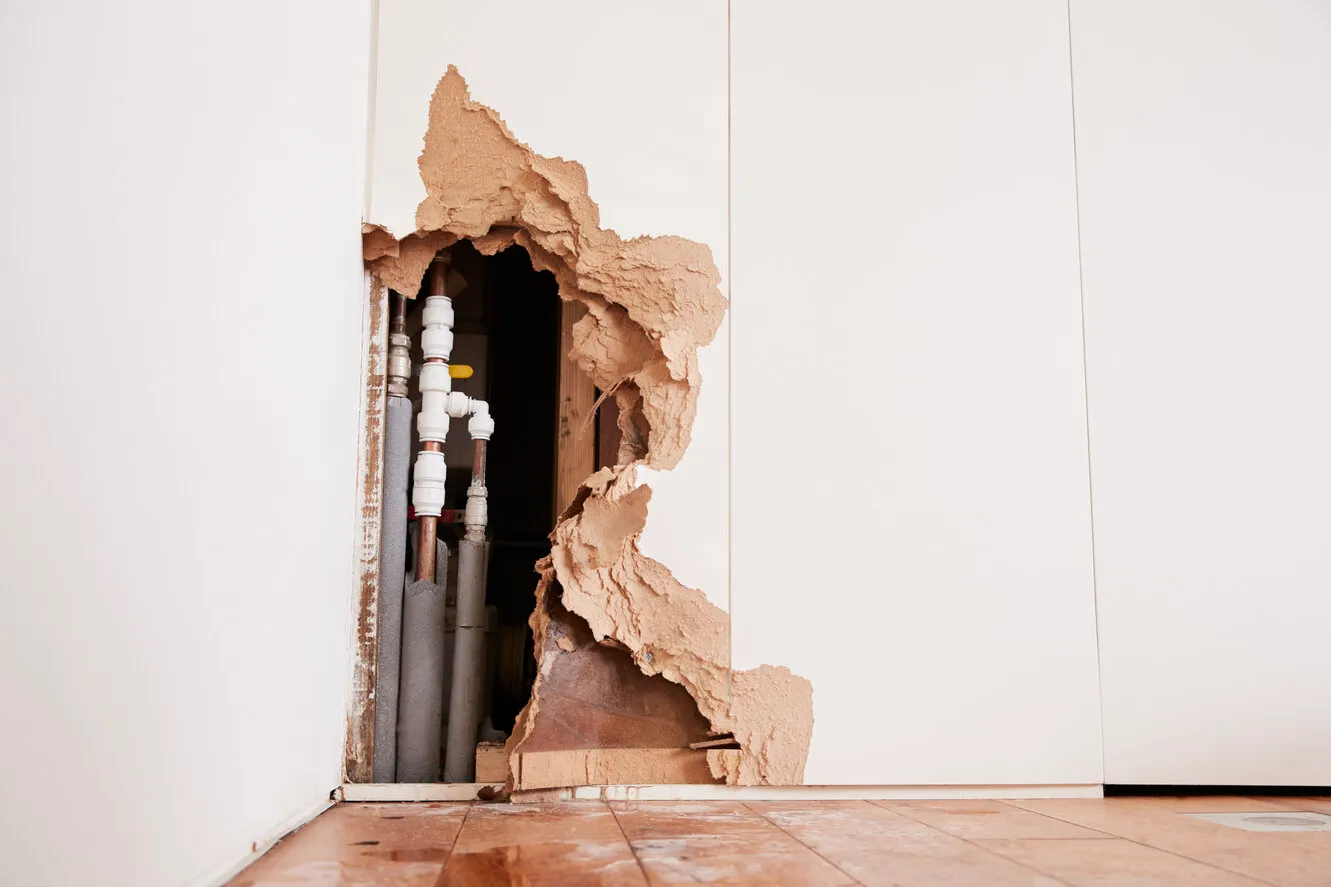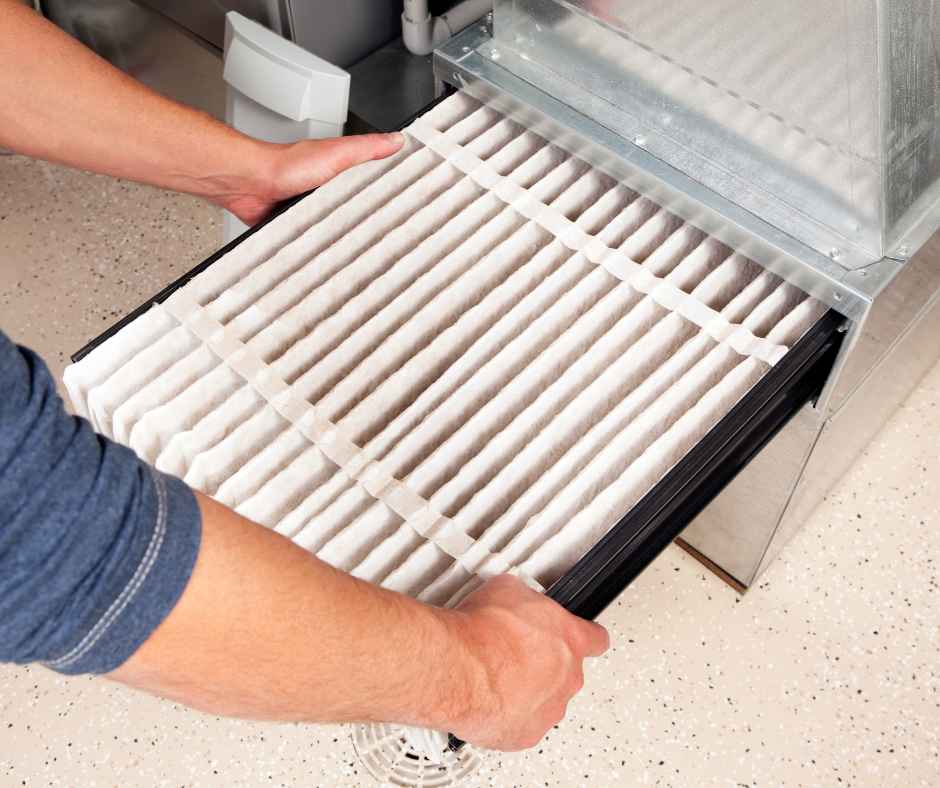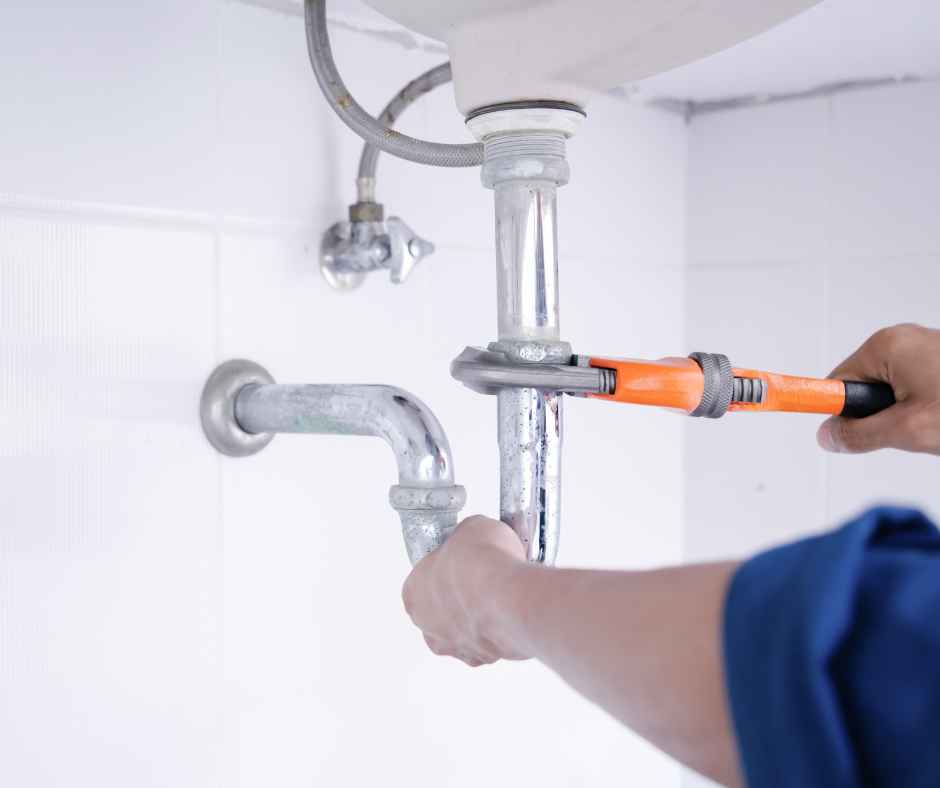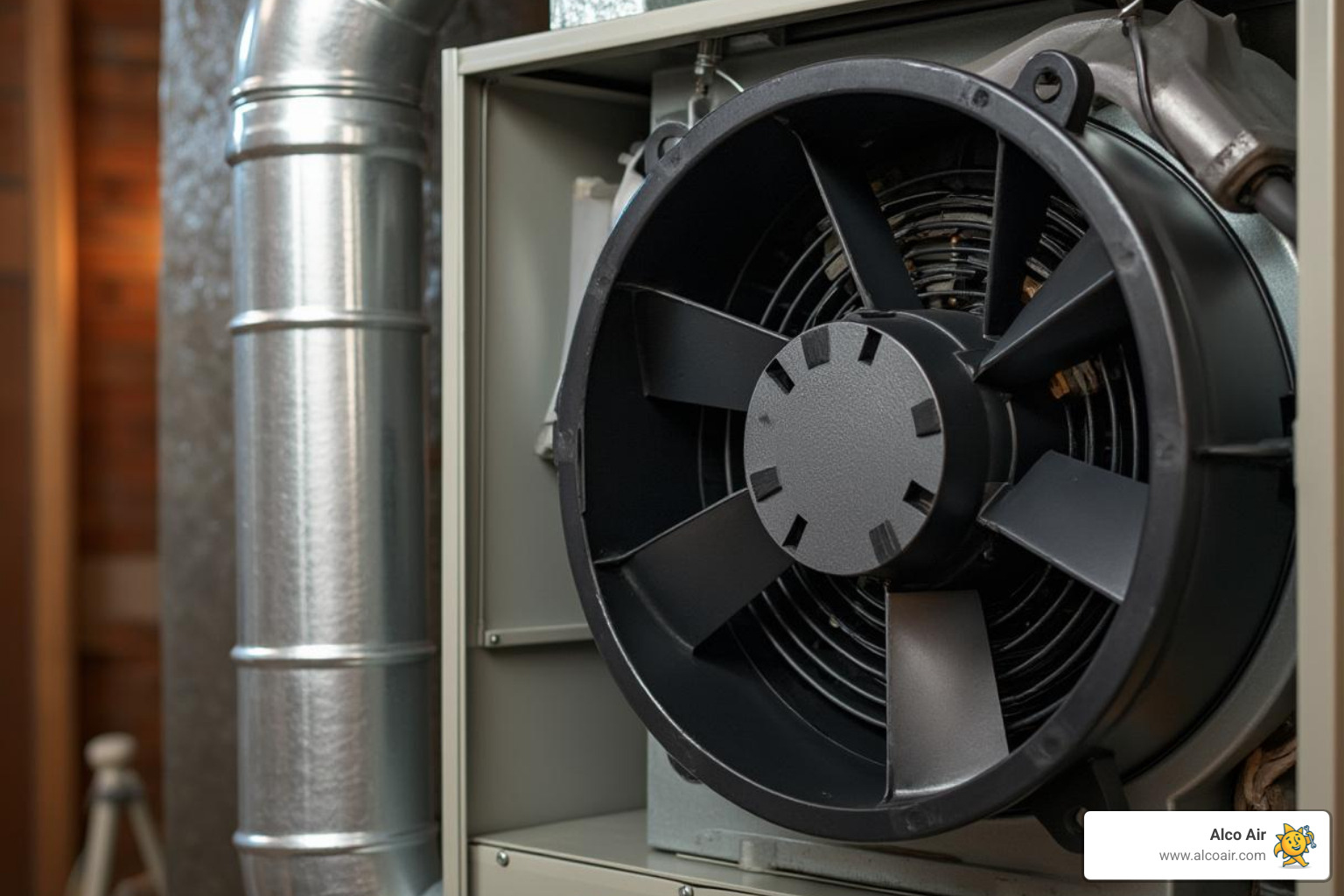Hidden leaks in your plumbing system can cause significant damage if left unchecked. These leaks are often difficult to spot, making them even more dangerous as they can lead to mold growth, structural damage, and higher water bills. Understanding the signs of hidden leaks and knowing how to detect them early can save you a lot of trouble and expense.
A well-maintained plumbing system is essential for the health and safety of your home. Hidden leaks can occur in various places, including behind walls, under floors, or in the foundation. Detecting these leaks early requires a keen eye and sometimes professional equipment. Knowing where to look and what to listen for can prevent potential disasters and keep your plumbing system running smoothly.
Common Signs of Hidden Leaks in Your Plumbing
Identifying hidden leaks early can save your home from severe damage. There are several signs to watch for that may indicate a hidden leak in your plumbing system. One of the most common signs is an unexplained increase in your water bill. If you notice your water bill rising without a corresponding increase in usage, this could be a sign of an unseen leak.
Another indicator is the presence of mold or mildew. Even small leaks can create a damp environment that promotes mold growth. If you notice mold or mildew in places that should be dry, such as walls, ceilings, or floors, it could mean there is a hidden leak nearby.
Listen for the sound of running water when no faucets or fixtures are in use. Sometimes, you can hear the water running through the walls or floors. This is a strong indicator that there may be a leak somewhere in your plumbing system. Along with sounds, look for water stains or wet spots on walls, ceilings, and floors, as these are tell-tale signs of hidden leaks.
Peeling paint or wallpaper can also indicate a hidden leak. Moisture from a leak can cause wall coverings to lose adhesion, leading to bubbling or peeling. Additionally, unexplained musty odors in your home might suggest a leak, as dampness from hidden leaks can create a breeding ground for mold and mildew.
By keeping an eye out for these common signs, you can detect hidden leaks early and take action before they cause extensive damage.
Methods for Detecting Hidden Plumbing Leaks
Detecting hidden plumbing leaks can be challenging, but several methods can help identify the source of the problem. One effective method is to check your water meter. Turn off all water sources in your home and observe the water meter. If the meter continues to move, it could indicate a leak somewhere in the system.
Inspecting your home’s plumbing fixtures and connections is another useful method. Look for signs of moisture, corrosion, or deterioration around pipes, faucets, and under sinks. These visual inspections can often help pinpoint leaks before they become significant issues.
Thermal imaging cameras are another tool used to detect hidden leaks. These cameras can identify temperature differences in walls and floors, indicating the presence of water. This method is particularly useful for detecting leaks behind walls and under floors without causing damage to your home.
Another technique is acoustic leak detection. This involves using specialized listening devices to hear the sound of water escaping from pipes. Our professionals can use this advanced equipment to locate leaks that are otherwise difficult to detect.
Lastly, dye testing can be employed to find leaks in toilets and other fixtures. By adding a few drops of food coloring to the toilet tank and waiting a few minutes, you can check if the color appears in the bowl without flushing. If it does, there is likely a leak in the toilet.
Utilizing these methods can help identify hidden plumbing leaks early, allowing for prompt repairs and minimizing potential damage to your home. Being proactive in leak detection can save you time, money, and stress in the long run.
Consequences of Ignoring Hidden Leaks
Ignoring hidden leaks in your plumbing system can lead to severe consequences for your home. One of the most immediate issues is water damage. Persistent leaks can weaken walls, floors, and ceilings, resulting in costly repairs. Water damage can also compromise the structural integrity of your home over time.
Another significant consequence is mold and mildew growth. Hidden leaks create damp environments, perfect for mold spores to thrive. Mold can spread quickly, causing not only structural damage but also health problems. Prolonged exposure to mold can lead to respiratory issues, allergies, and other health concerns.
Ignoring hidden leaks can also lead to higher water bills. Even small leaks can result in a significant amount of water waste. Over time, these leaks can become more extensive and result in more substantial waste, increasing your monthly water expenses significantly.
Additionally, hidden leaks can damage personal property. Water seeping through walls and floors can ruin carpets, furniture, and other belongings. In severe cases, the water may also affect electrical wiring, posing a risk of electrical hazards.
Finally, ignoring hidden leaks can lead to more extensive plumbing system failures. What starts as a minor leak can escalate into a burst pipe or significant plumbing issue, requiring expensive and comprehensive repairs. Addressing hidden leaks promptly can prevent these severe consequences and help maintain the health and safety of your home.
How Our Professionals Repair Hidden Leaks
Our professionals are skilled at locating and repairing hidden leaks in your plumbing system. The first step involves a thorough inspection to locate the source of the leak. We use advanced tools like thermal imaging cameras and acoustic leak detection equipment to identify leaks that are not visible to the naked eye.
Once the leak is located, we assess the extent of the damage. For minor leaks, our professionals may apply a simple fix, like tightening a loose connection or replacing a worn seal. However, more extensive leaks might require replacing sections of pipe or other components of the plumbing system. Our technicians ensure that all repairs are done efficiently to prevent future leaks.
In cases where mold or water damage has occurred, we will address these issues as well. This might involve drying out affected areas, treating mold, and repairing any structural damage caused by the leak. Ensuring the site is thoroughly dried and treated helps prevent mold from returning.
Our professionals also offer recommendations for improving your plumbing system to prevent future leaks. This can include advice on regular maintenance, upgrading old pipes, or installing more efficient fixtures. By enhancing the overall condition of your plumbing system, we help to reduce the risk of future leaks and ensure your home’s integrity.
Conclusion
Detecting and repairing hidden leaks in your plumbing system is crucial for maintaining the health and safety of your home. Understanding the signs of hidden leaks, using effective detection methods, and addressing the consequences of ignoring these leaks can save you from significant damage and costly repairs. Regular maintenance and prompt professional intervention are essential for keeping your plumbing system in top shape.
If you suspect there may be hidden leaks in your home’s plumbing, don’t wait until it becomes a significant issue. Our experienced professionals at Alco Air are here to help. Contact our plumbers in Longview, TX today to schedule an inspection and keep your plumbing system running smoothly.











